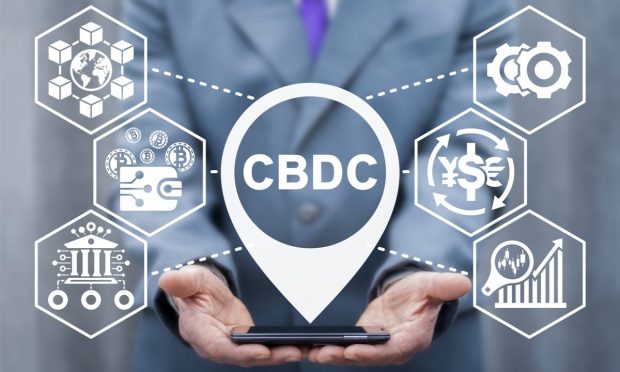Digital Dollar Awaits Public Comments, Philippine Central Bank Says No

The U.S. is in a quiet phase of its decision on whether to build and issue a central bank digital currency (CBDC), with the initial reactions to its long-awaited digital dollar report having been heard and the Federal Reserve having made clear that it won’t do anything until after it digests the results of a public comment period that ends on May 20.
Sweden, one of the first countries to embrace at least the idea of a CBDC, is still plodding along, with Riksbank and partner Accenture having just wrapped phase two of the e-krona testing. But, as Computer Weekly reported, it is “nowhere near” making final technology decisions about the digital currency. That said, the phase two testing did use blockchain technology.
Adrian Orr, governor of the Reserve Bank of New Zealand, announced on Feb. 25 that the bank is starting proof-of-concept testing on a CBDC — something he described as a multi-year effort, according to OpenGov Asia.
The bank believes a CBDC could “provide a platform for economic and financial innovation, including competition in the payments and settlement sector, cross-border transfers and financial inclusion and capability building tools,” it said. Orr noted that privacy, tough security and the continued use of physical cash were among the base requirements.
Meanwhile, the Philippines has joined the naysayers, according to Benjamin Diokno, its central bank governor. Adding that most prefer cash and that current settlement systems are sufficient, Diokno said that in the near future, the bank would look only at a wholesale CBDC for intrabank settlements, Coingeek reported.
Related: Federal Reserve Governor Stresses the Importance of a US CBDC
African Action
Nigeria is well ahead in the CBDC game, having become the largest country in the world to formally launch a digital currency. It got mixed reviews from the International Monetary Fund (IMF), which in February said the eNaira “could help foster financial inclusion and improve the delivery of social assistance,” but added that it had “deficiencies” in the anti-money laundering (AML) and countering the financing of terrorism (CFT) fields that needed improvement.
But, the IMF added, “The launching of eNaira could bring significant benefits, including higher financial inclusion over time and efficient delivery of social assistance.”
See also: IMF Warns Nigeria’s CBDC Poses Money Laundering Risks
The Central Bank of Kenya (CBK) is at a much earlier phase of its exploration of a CBDC and is in some ways just as ambivalent as the U.S. government, where both Federal Reserve Chairman Jerome Powell and Treasury Secretary Janet Yellen are only certain that they are unsure whether a digital dollar is needed.
The CBK has said that it sees two main areas where a digital shilling could bring benefits. First, in retail payments, this would include reducing fees while growing the interoperability of mobile wallets from the peer-to-peer payments space to include payments to businesses.
Second, it pointed to decreasing the cost of cross-border payments, like just nearly every other government considering CBDCs. However, not everyone is convinced, given the dominance of M-pesa’s mobile payments system in the country.
“The key question is: What can a CBDC do that M-Pesa cannot?” Co-Pierre Georg, a University of Cape Town professor who studies CBDCs, told Quartz recently.
Rwanda is much the same as well, as central bank Deputy Governor Soraya Hakuziyaremye said its study of the issue would last the rest of the year, according to The New Times, a local news outlet.
“What is important is to look at financial inclusion because if you issue a digital currency, you shouldn’t be excluding your population,” Hakuziyaremye said. “It has to go with closing the digital divide and making sure that people have the option to use it.”
